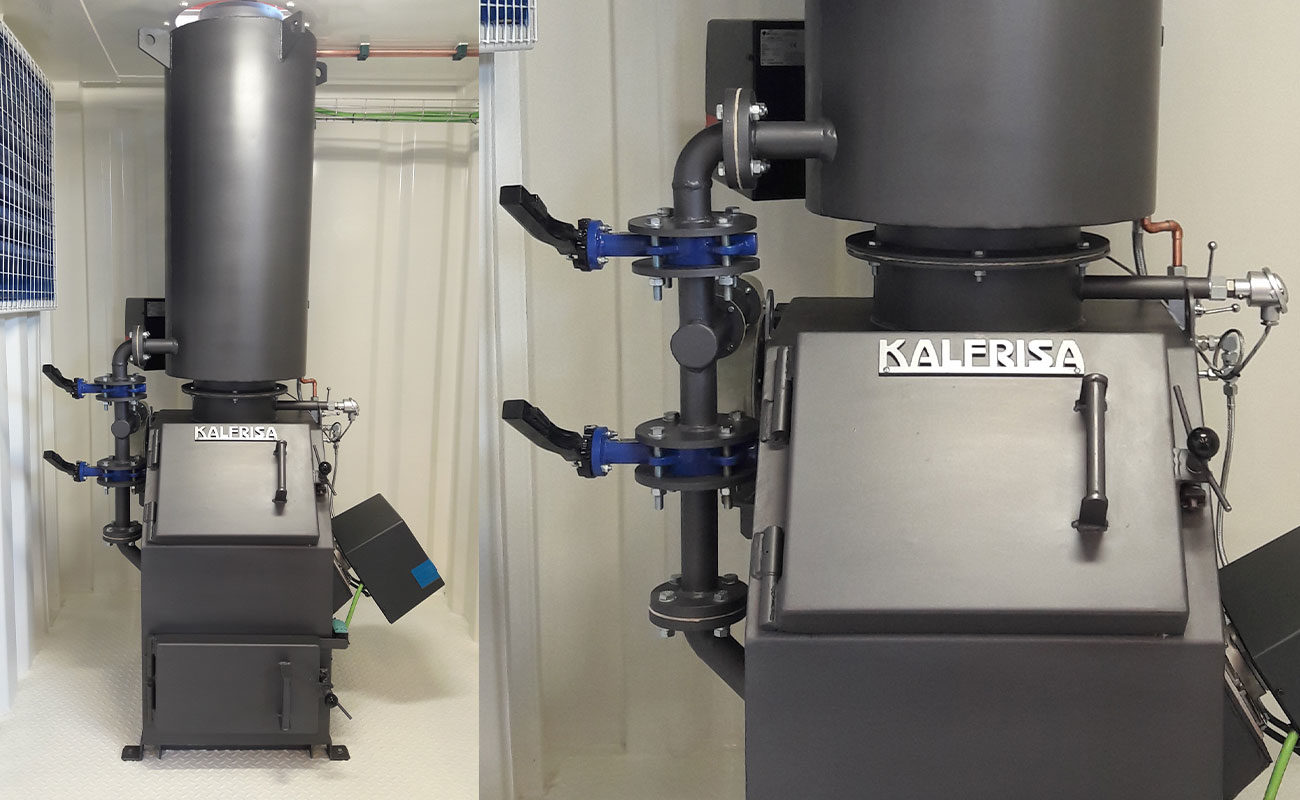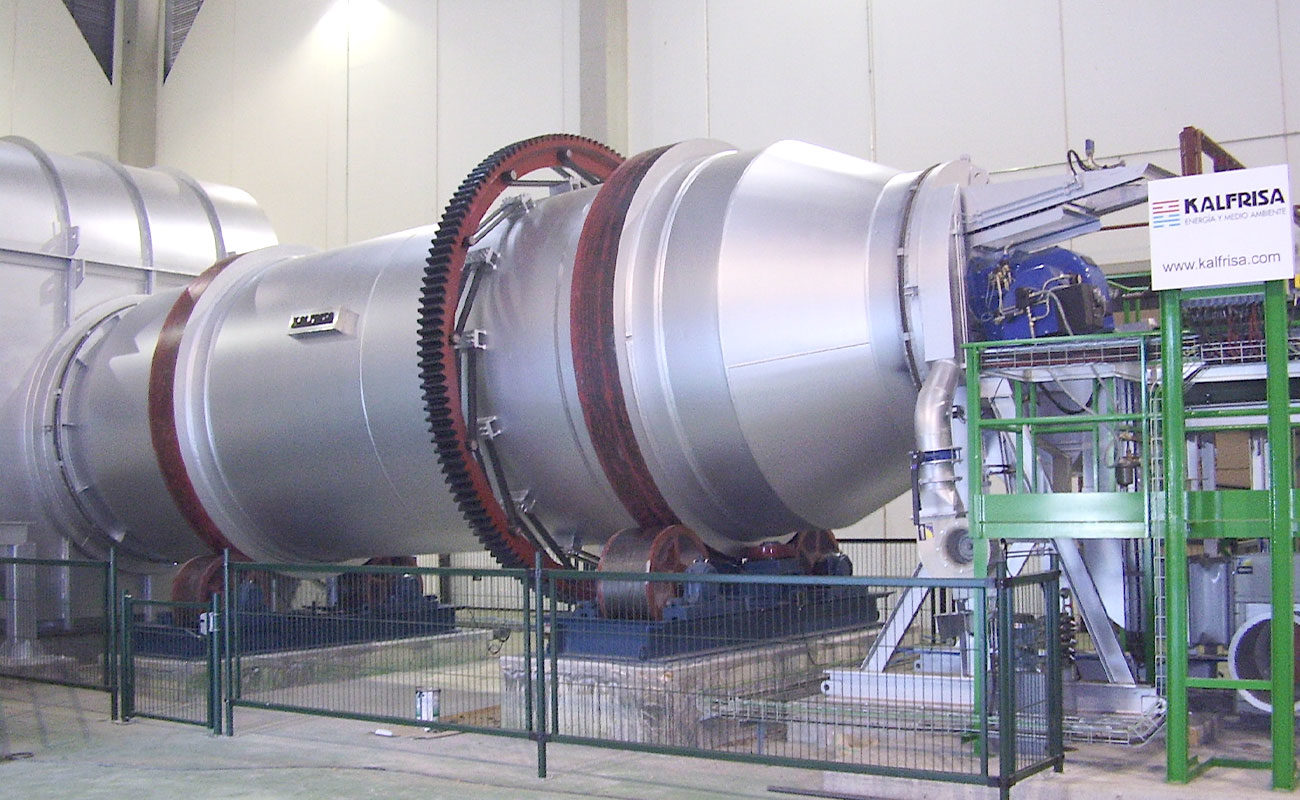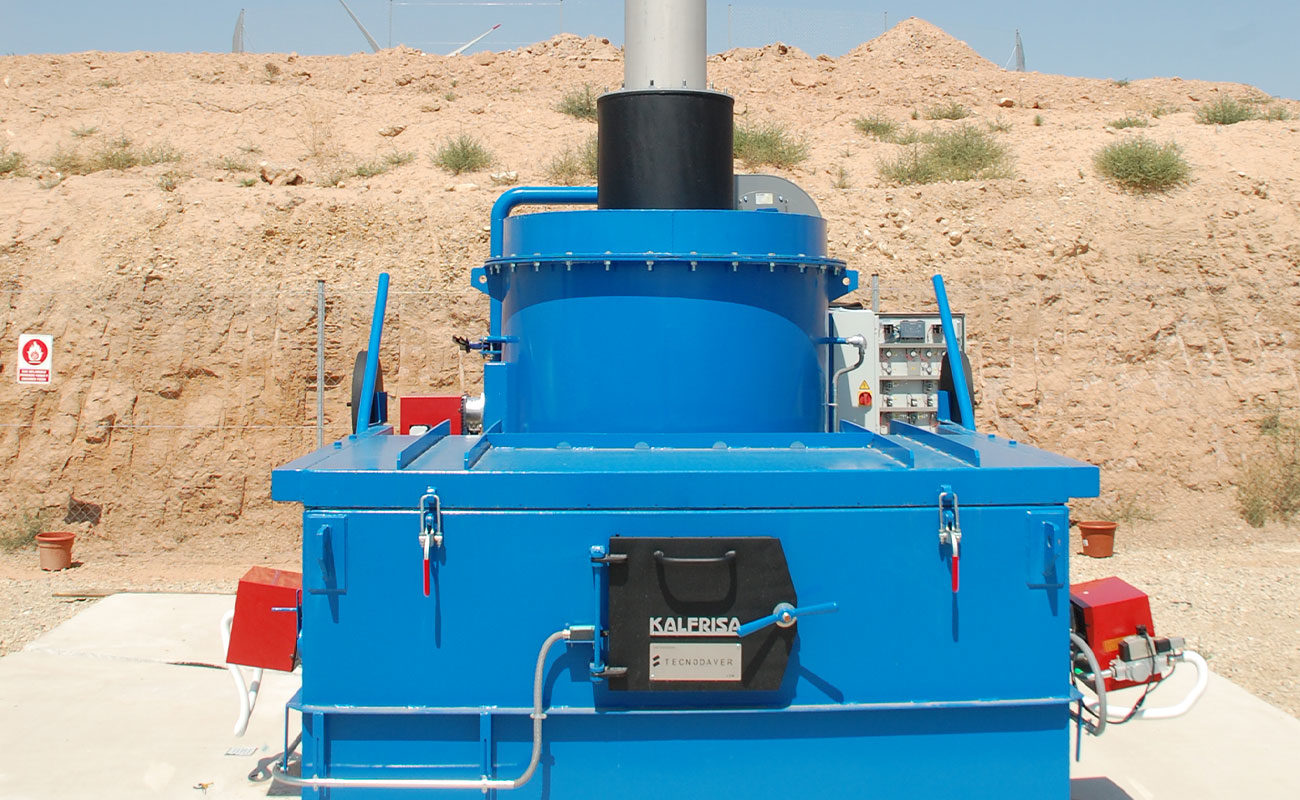HOSPITAL WASTE
The waste generated in hospitals may be very varied (medical material, organic waste, medications, syringes, etc.), and being considered biohazardous waste, their management is very expensive and a potential hazard to human health.
Therefore, the destruction of this type of waste must be carried out quickly and with the greatest efficiency possible. Incineration at high temperatures of 850 – 1,100ºC ensures the destruction of any organic material, thereby eliminating the biological risk. The ashes of this waste are considered inert.
These furnaces are specially designed to be able to work in biocontainment areas where there are atmospheres with negative pressure and have airtight valves to avoid any type of leak of contaminated air to the atmosphere. We have various furnace products installed in NCB2 and NCB3 safety level laboratories at a national level.
Fields of application
- Animal research laboratories.
- Laboratories with biocontainment installations (BSL 2, 3 and 4).
- Mobile field hospitals.
- Civilian hospitals.
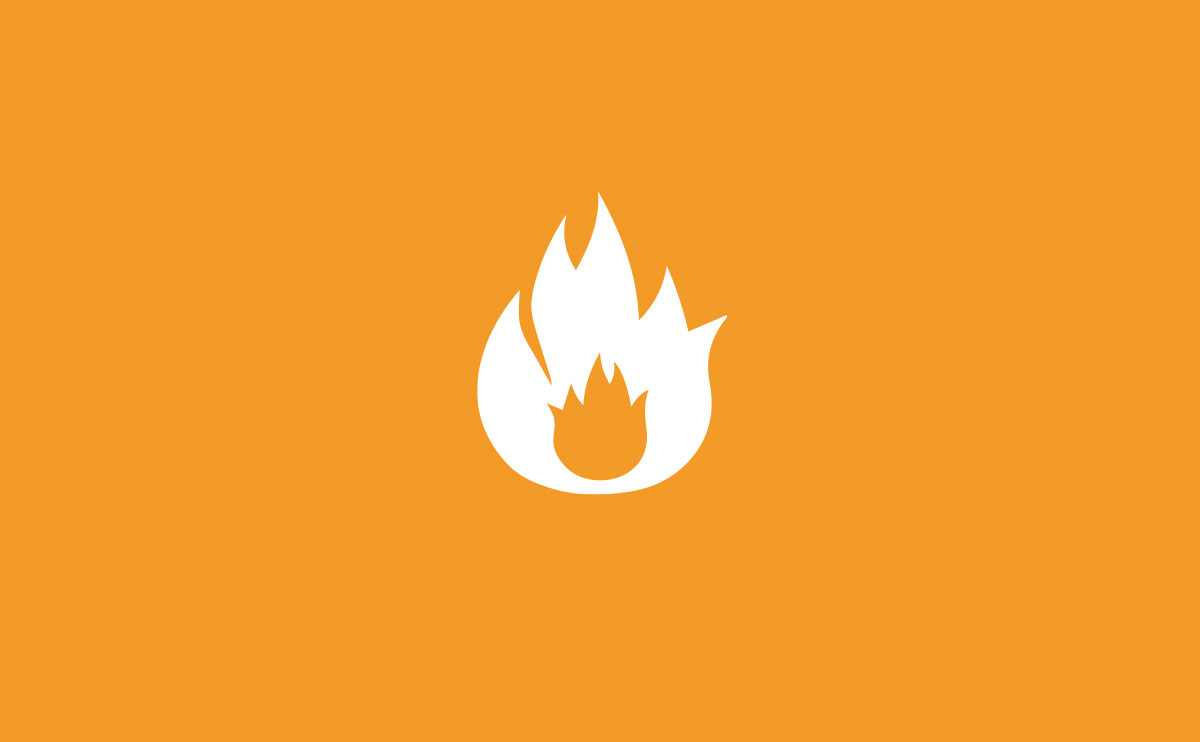
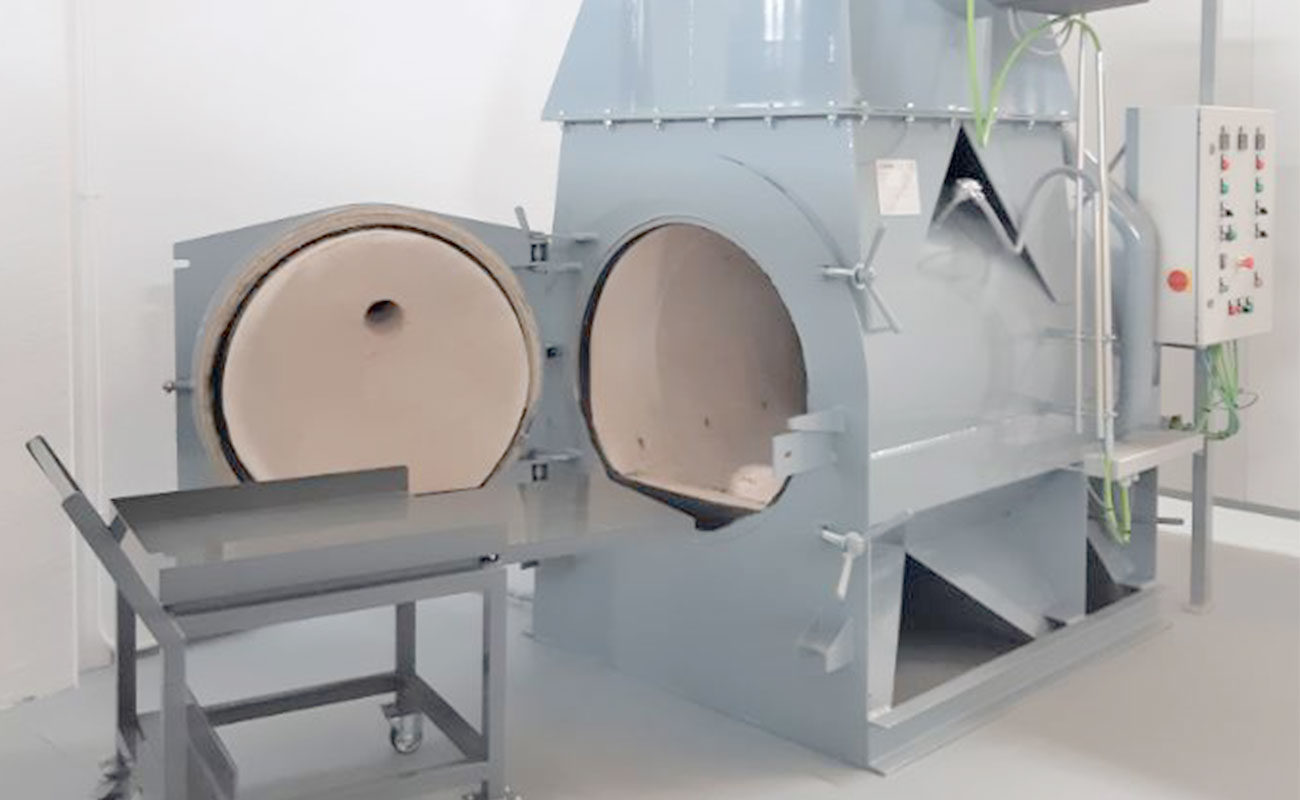
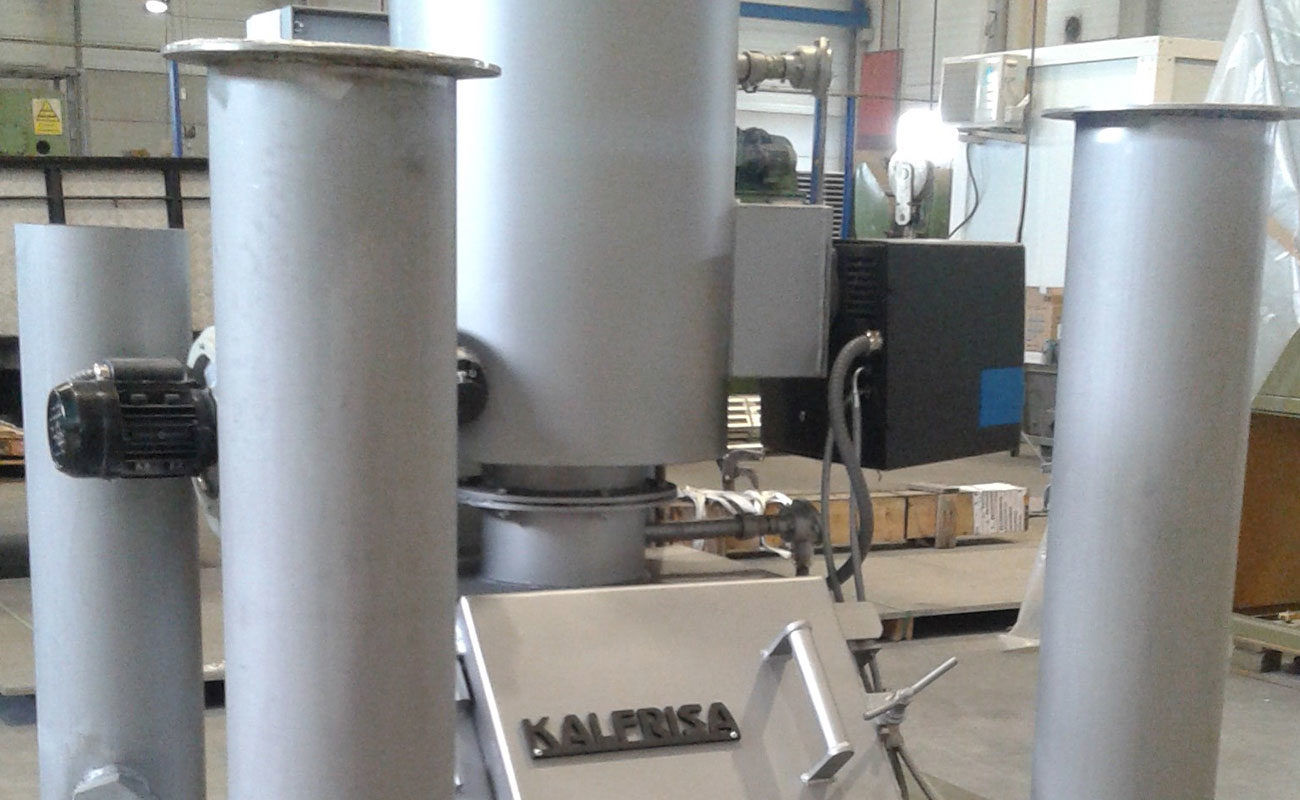
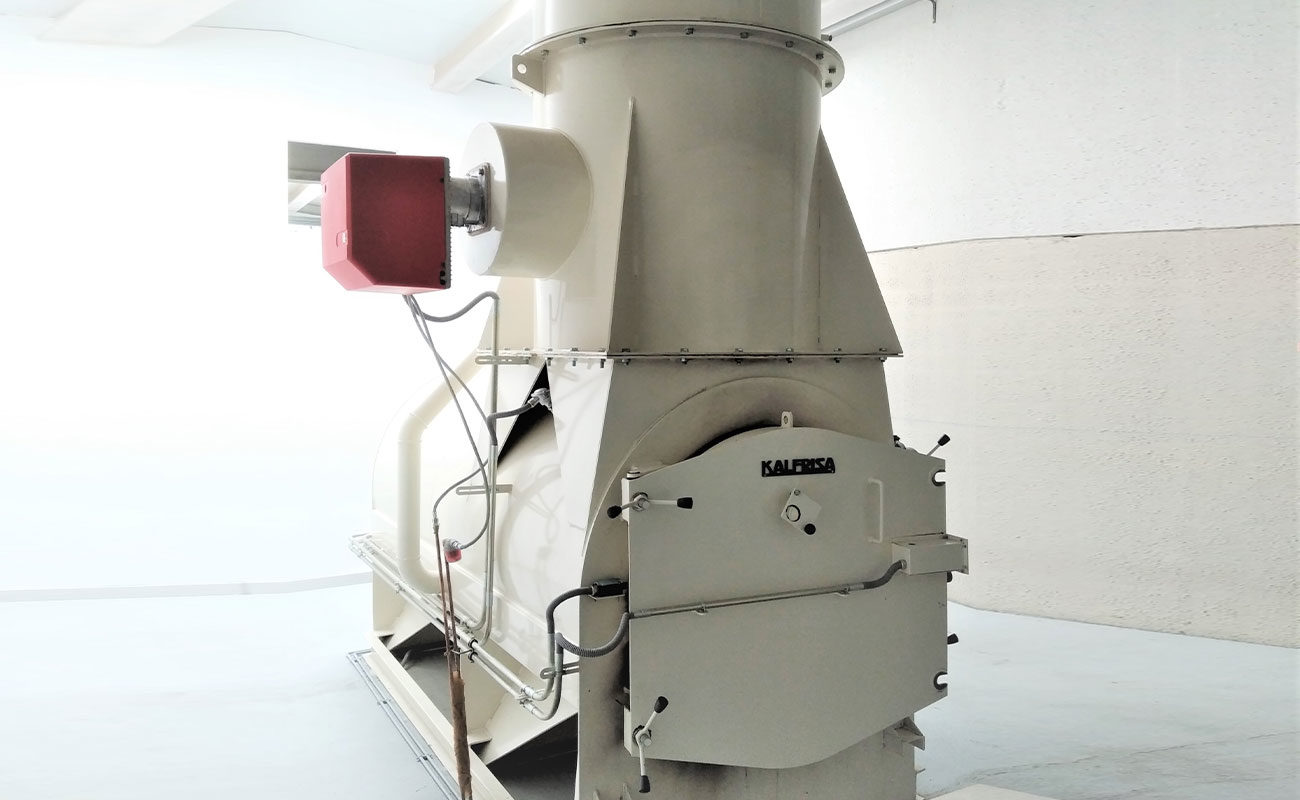
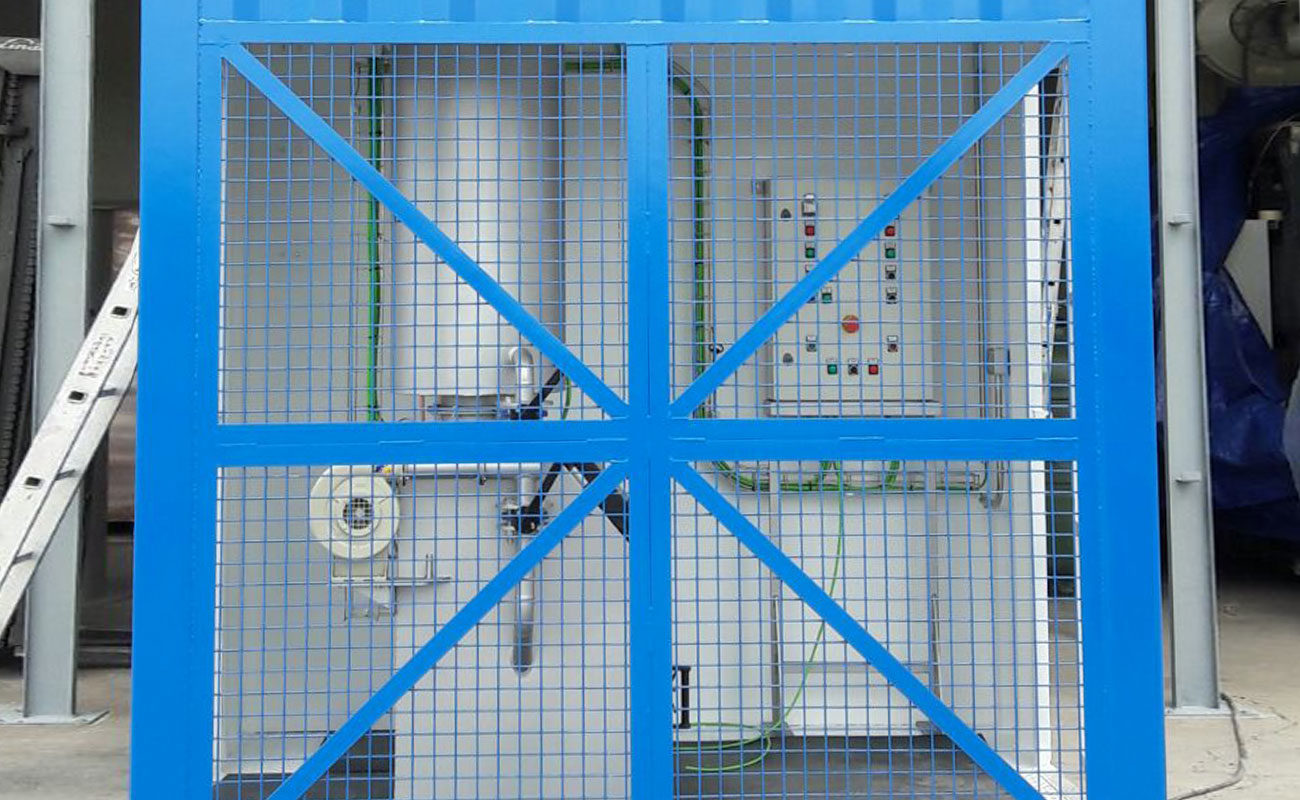
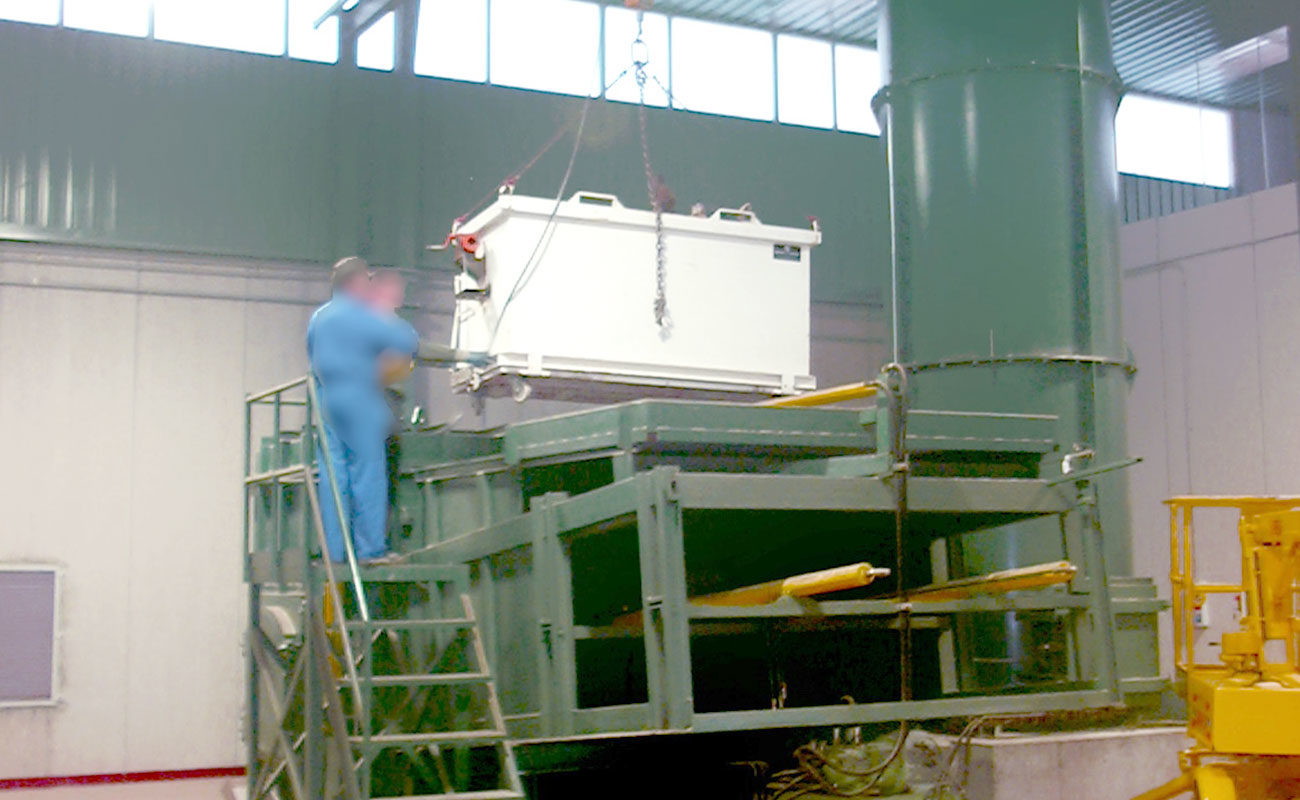
SJ models
The SJ model furnaces have been designed for the destruction of small quantities of waste from hospitals and laboratories, their small size and ease of transport making them ideal for installation in biocontained rooms and field hospitals.
SJ – 75 | SJ – 180 | |
Destruction capacity (kg/h) | 10 – 15 | 15 – 30 |
Chamber volume (m³) | 0,2 | 0,35 |
Maximum loading capacity in the chamber (kg) | 50 | 75 |
KT models
The KT model furnaces have a wide range of destruction capacity, from the KT-750 and KT-1500 models, designed for small hospitals, to the KT-4000 and KT-8000 models, used more for the destruction of whole animals from animal research laboratories.
KT-750 | KT-1.500 | KT-4.000 | KT-8.000 | |
Destruction capacity (kg/h) | 35 – 50 | 50 – 100 | 100 – 200 | 200 – 350 |
Chamber volume (m³) | 0,75 | 1,5 | 4 | 8 |
Maximum loading capacity in the chamber (kg) | 100 | 250 | 600 | 1.200 |
Gas purification system.
Waste from hospitals is considered hazardous waste. In these cases, the atmospheric emission limit values for contaminants are very restrictive and require the installation of a gas purification system which consists of the neutralisation of acid gases, dioxins and other components which are harmful to health. The purification components used most are:
- Dry channel: Addition of Sodium Bicarbonate (NaHCO3) and activated carbon to the flow of gases + sleeve filter.
- Semi-wet channel: Addition of Lime (Ca(OH)2) and activated carbon to the flow of gases + sleeve filter.
- Wet channel: Wet scrubber with addition of Lime + sleeve filter.
These purification systems are based on a reaction of the acid gases with the base additives to generate steam and salt crystals. Additionally, the activated carbon absorbs the particles of dioxins, furans and heavy metals on its surface.
All these particles, along with the excess of reagents, are made to pass through a sleeve filter where a filter fabric retains all the particles.
Finally, the gases released to the atmosphere have previously been treated and filtered, therefore complying with current regulations.


